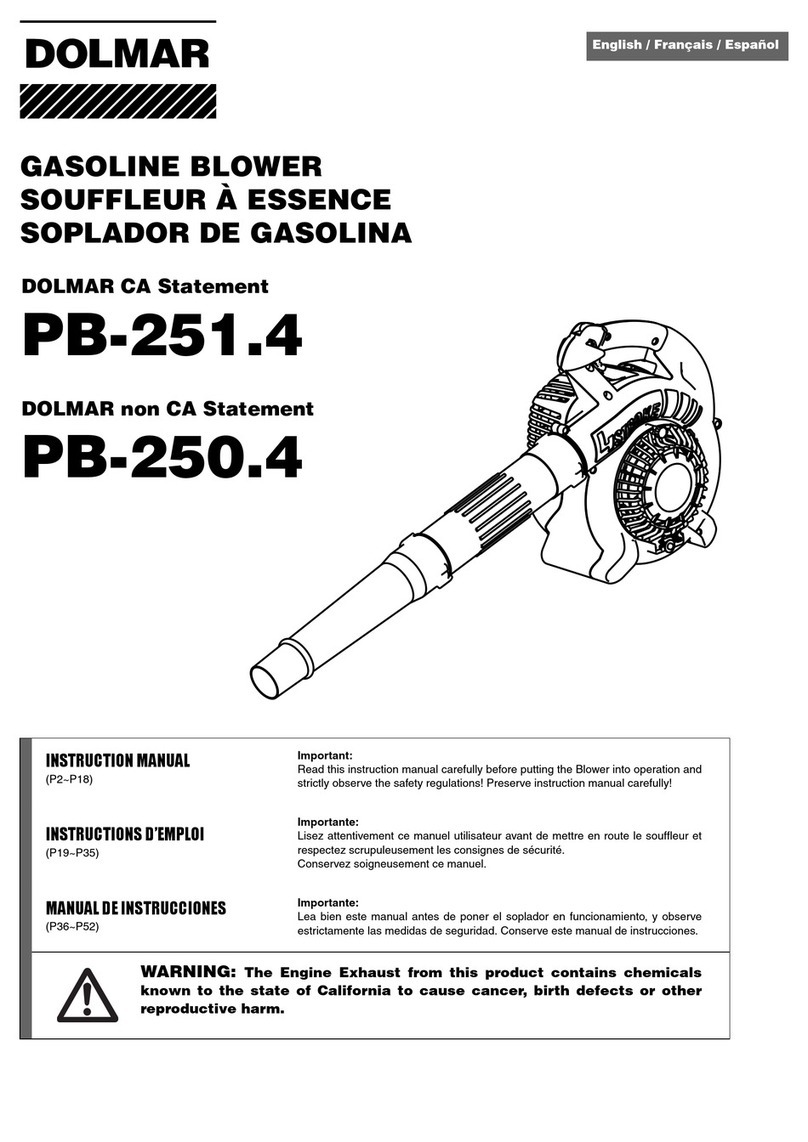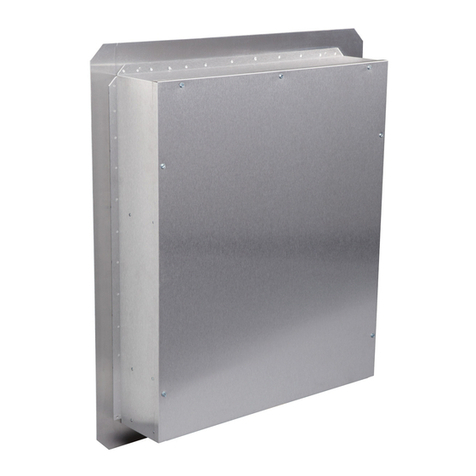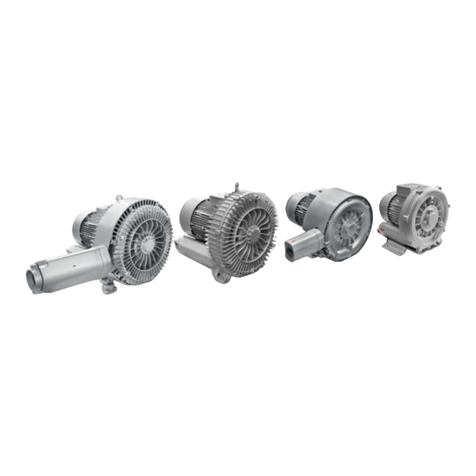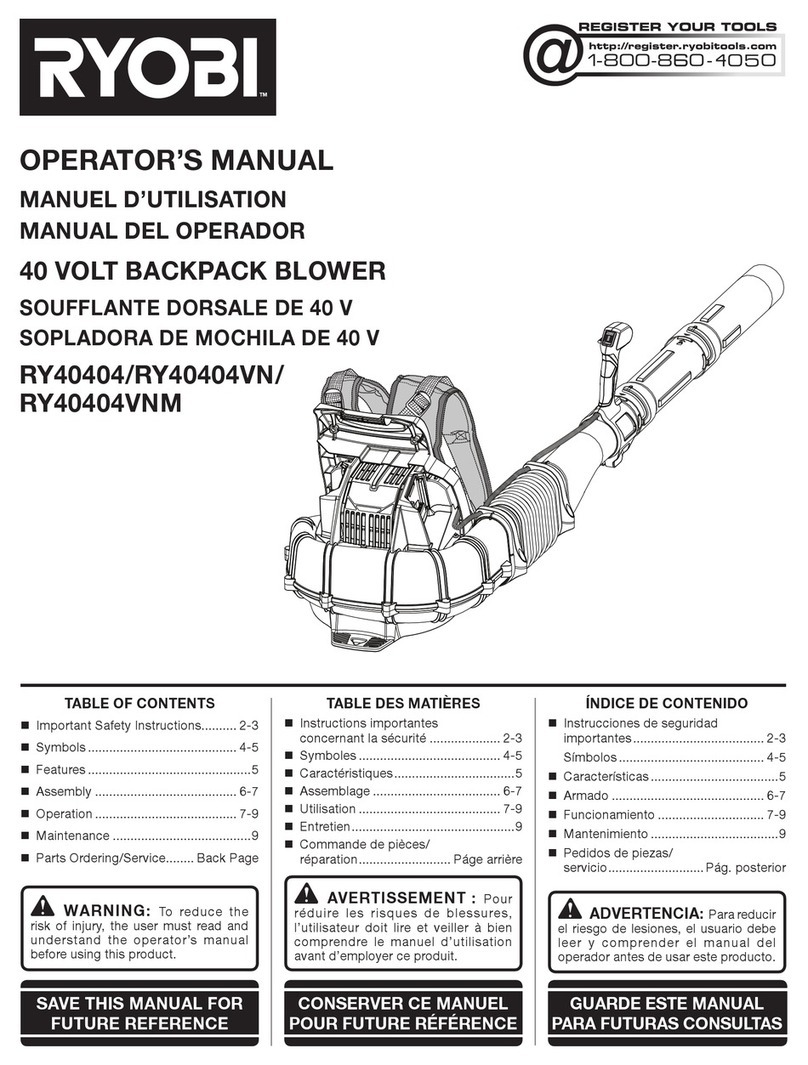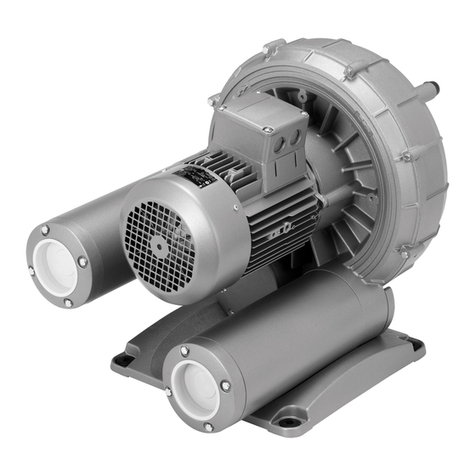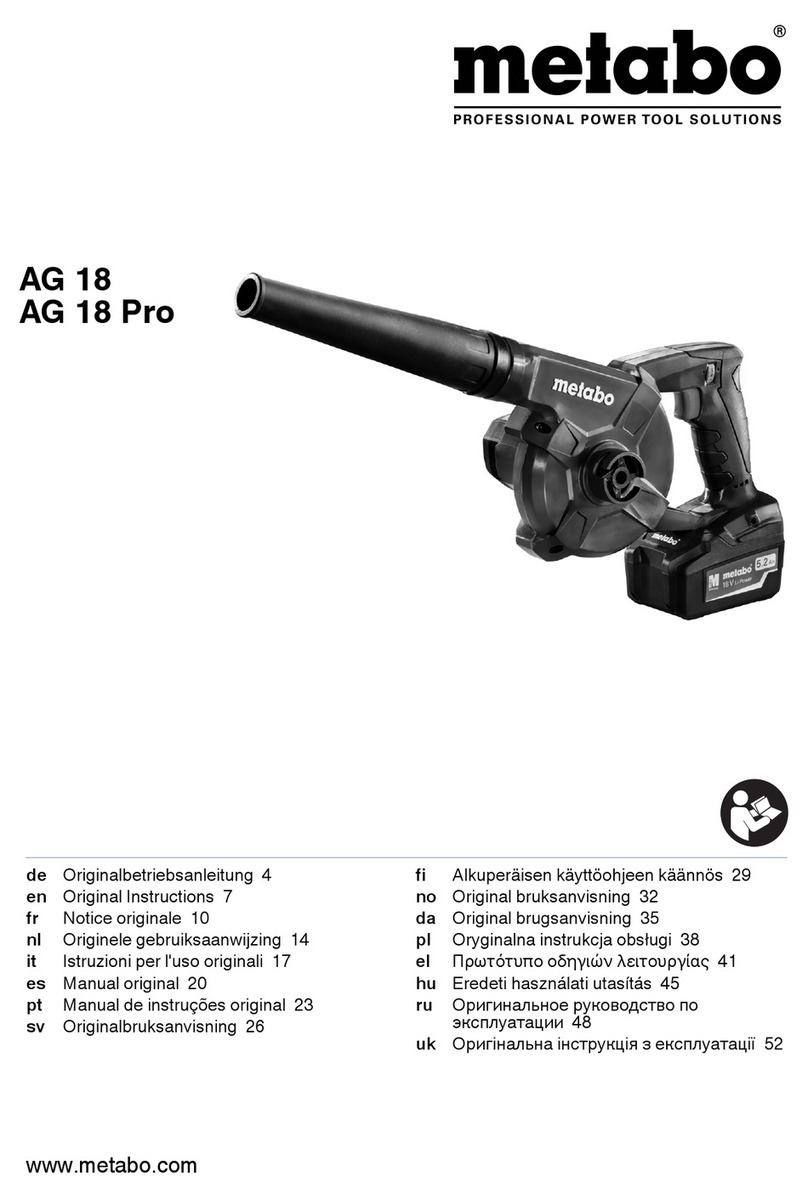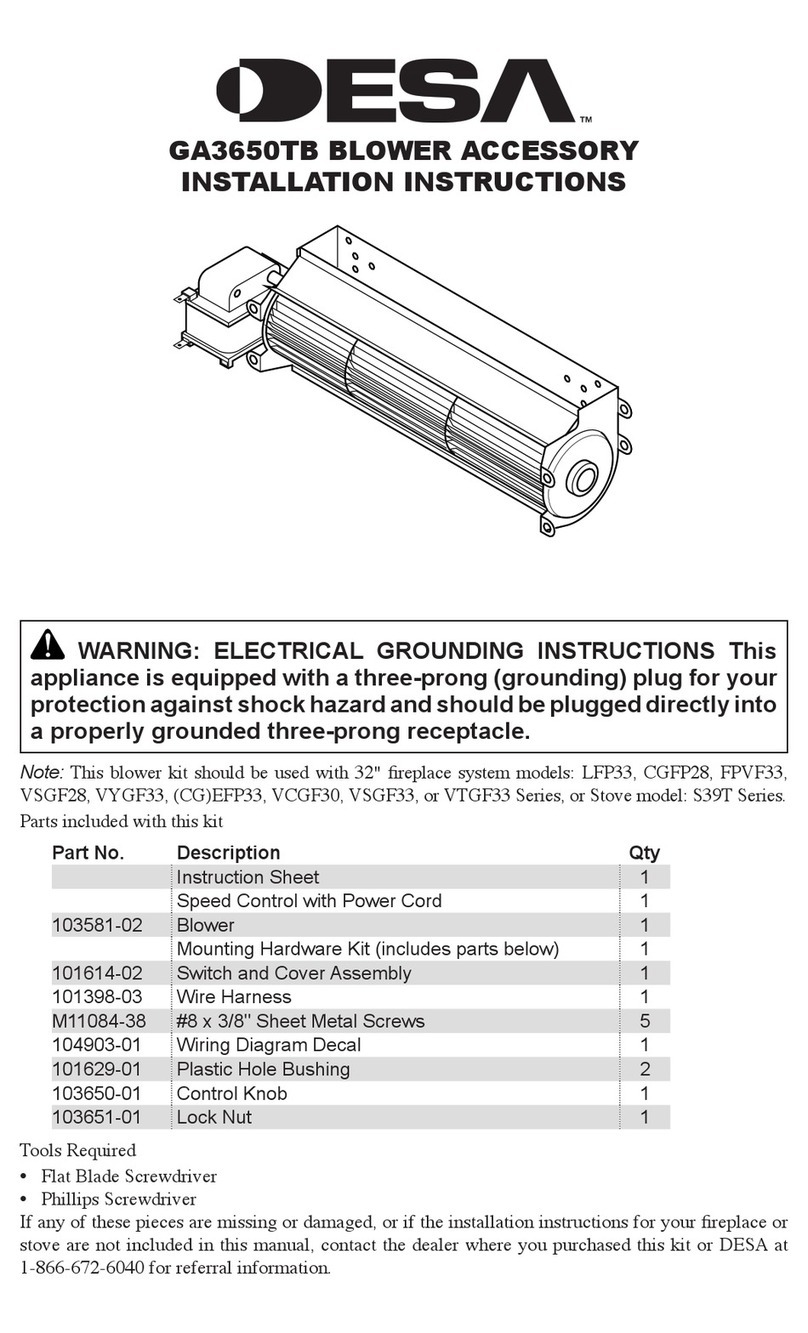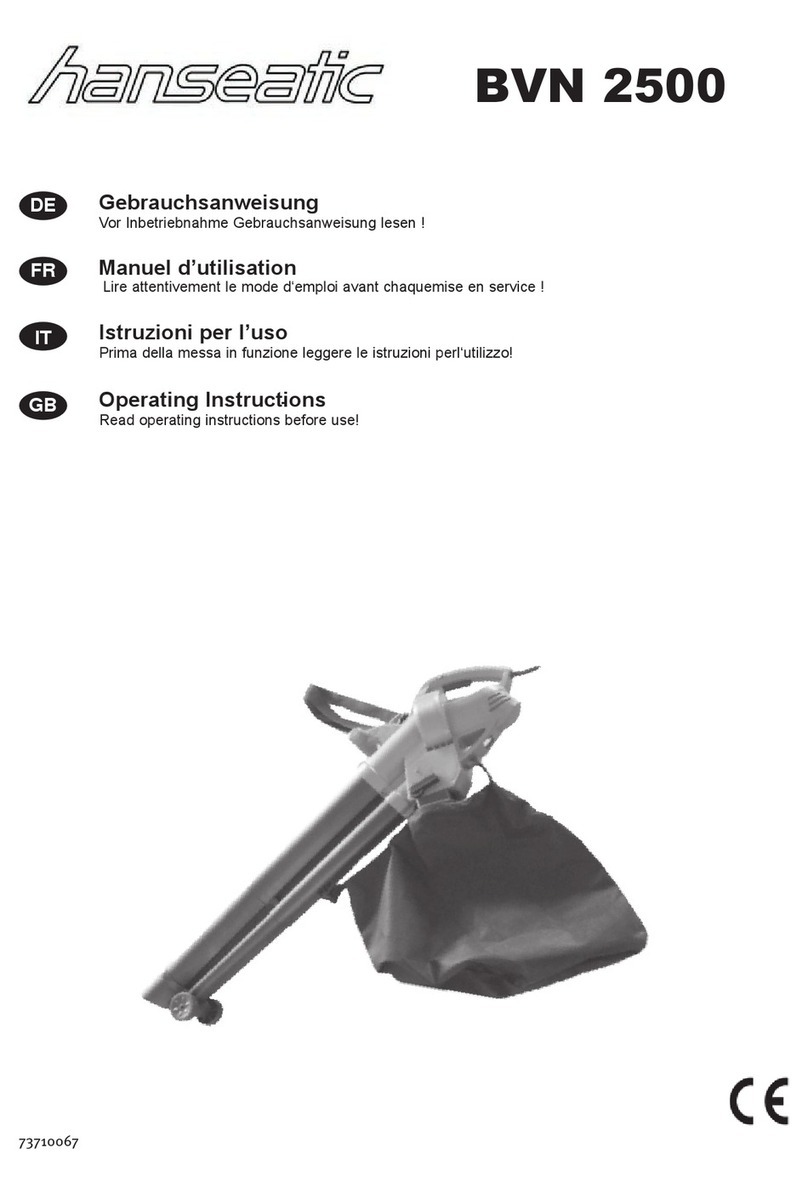Dolmar PB-500 R User manual
Other Dolmar Blower manuals

Dolmar
Dolmar AG-3628 User manual

Dolmar
Dolmar AG3751 User manual
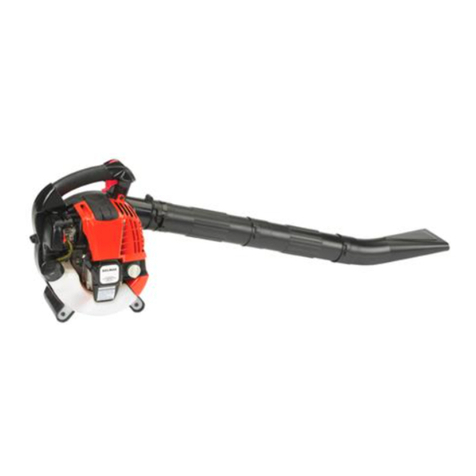
Dolmar
Dolmar PB-251.4 Guide
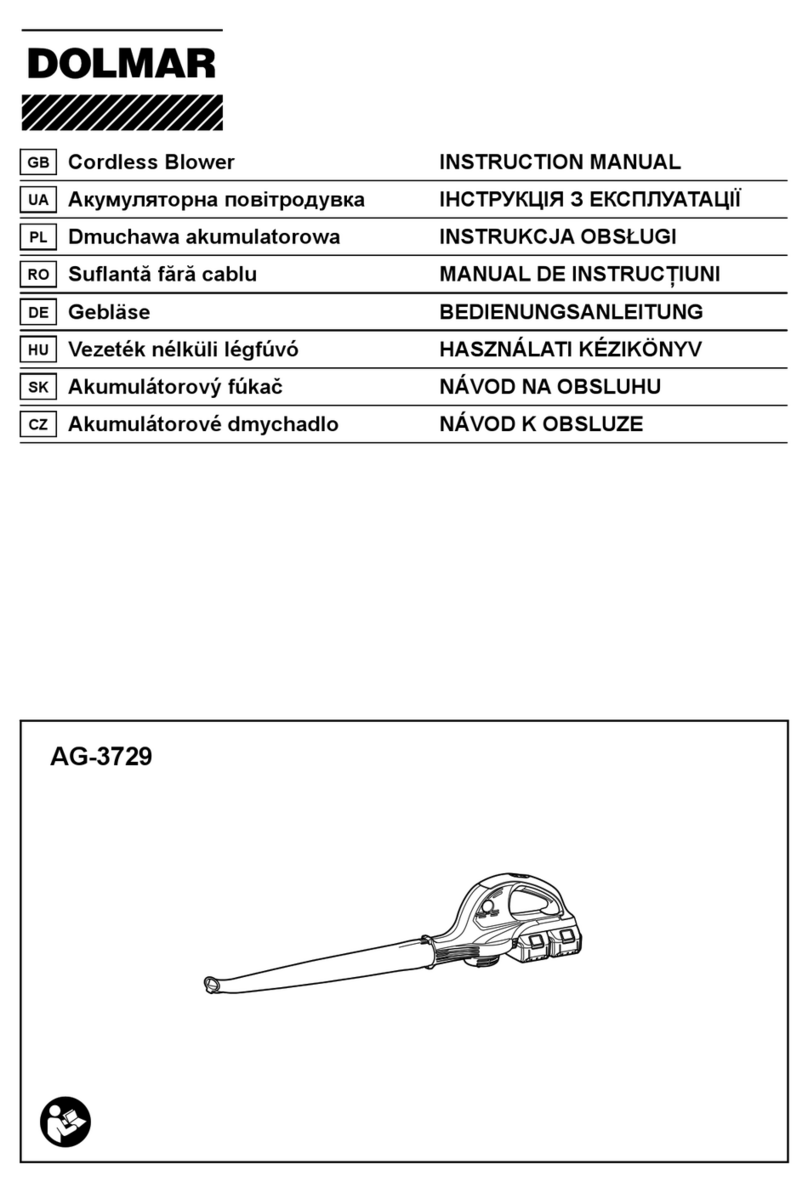
Dolmar
Dolmar AG-3729 User manual

Dolmar
Dolmar AG-3750 User manual

Dolmar
Dolmar PB-7600.4 Guide
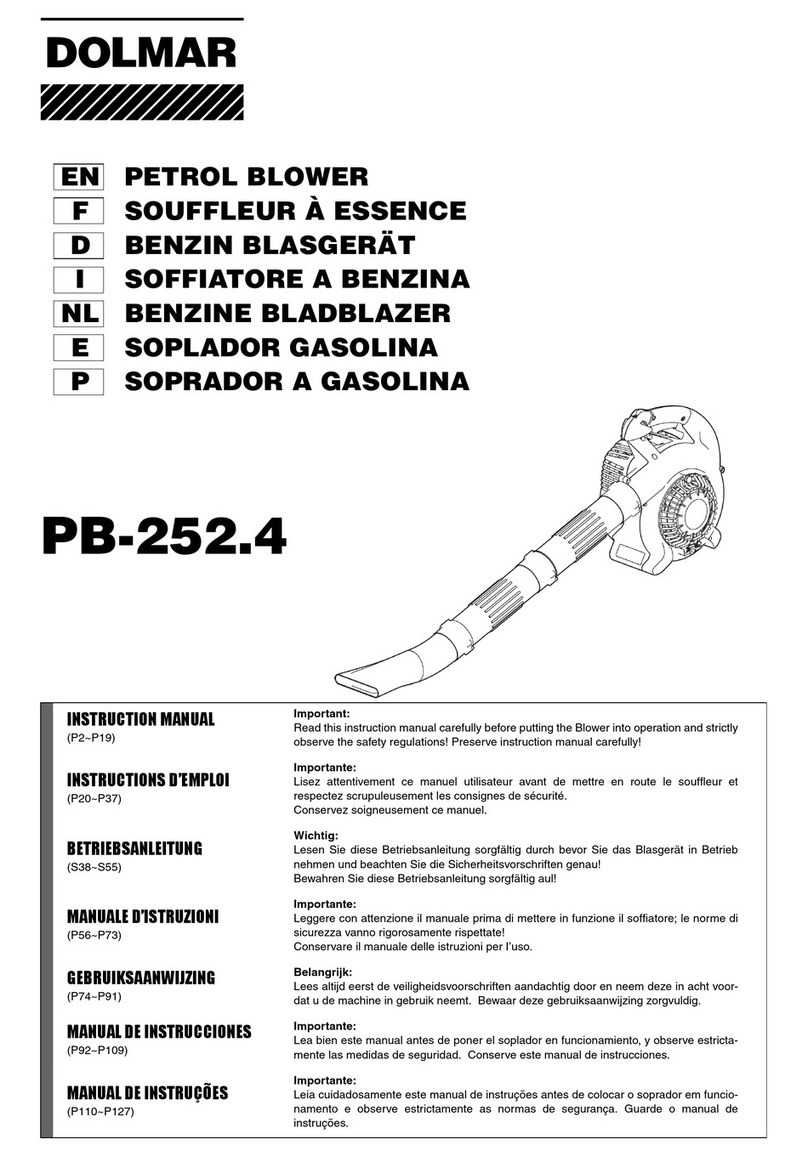
Dolmar
Dolmar PB-252.4 User manual

Dolmar
Dolmar SP-7650.4 R User guide

Dolmar
Dolmar PB-250.4 User manual
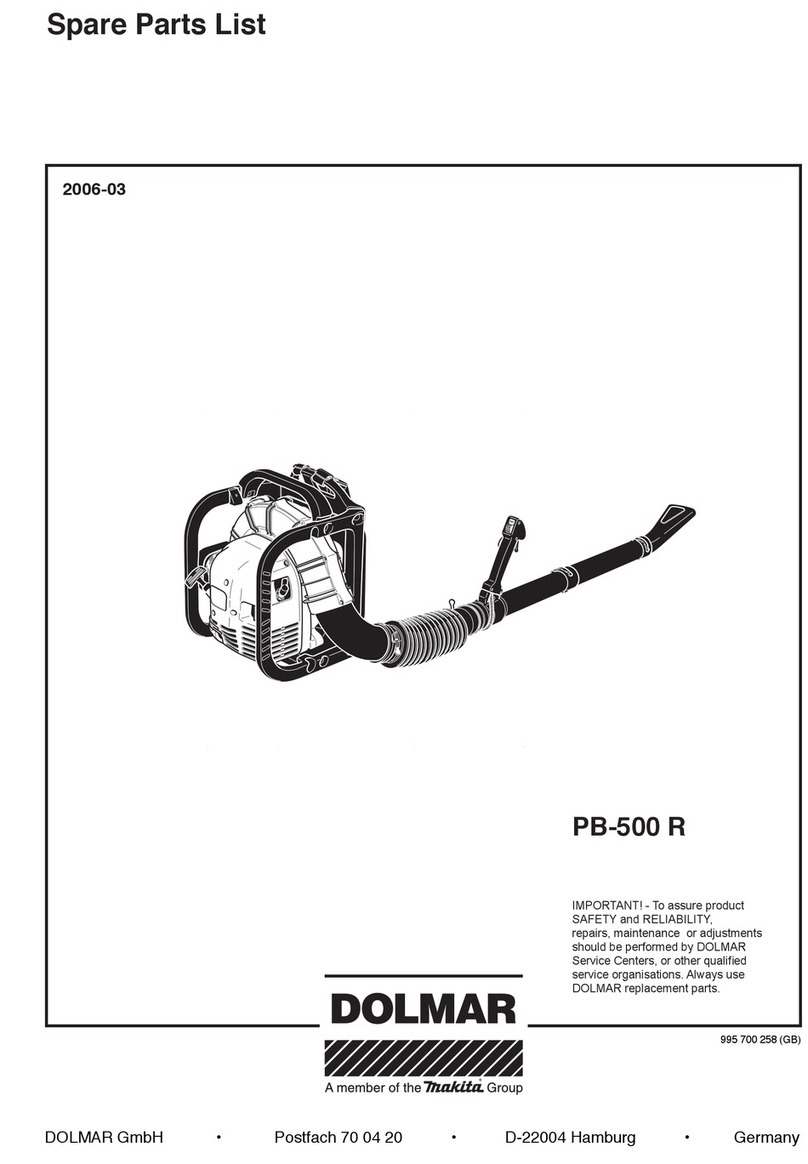
Dolmar
Dolmar PB-500 R Guide

Dolmar
Dolmar PB-7660.4 User guide

Dolmar
Dolmar AG-3628 User manual
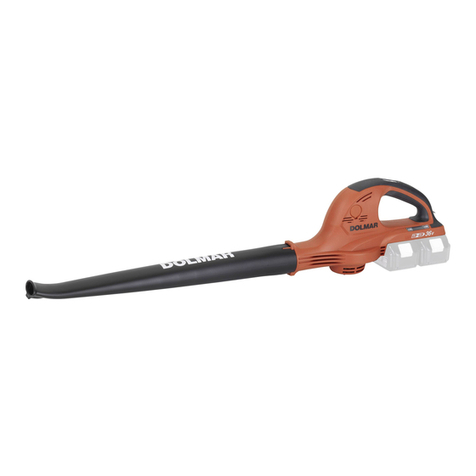
Dolmar
Dolmar AG-3729 User manual
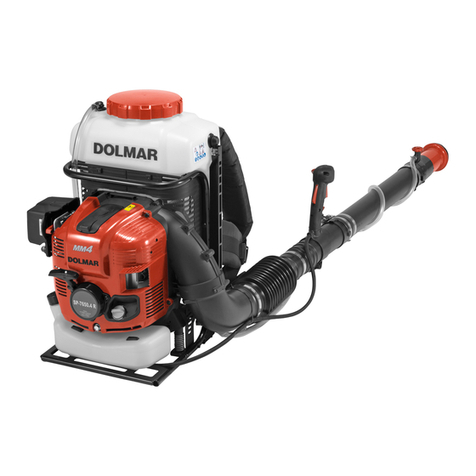
Dolmar
Dolmar SP-7650.4 R User manual
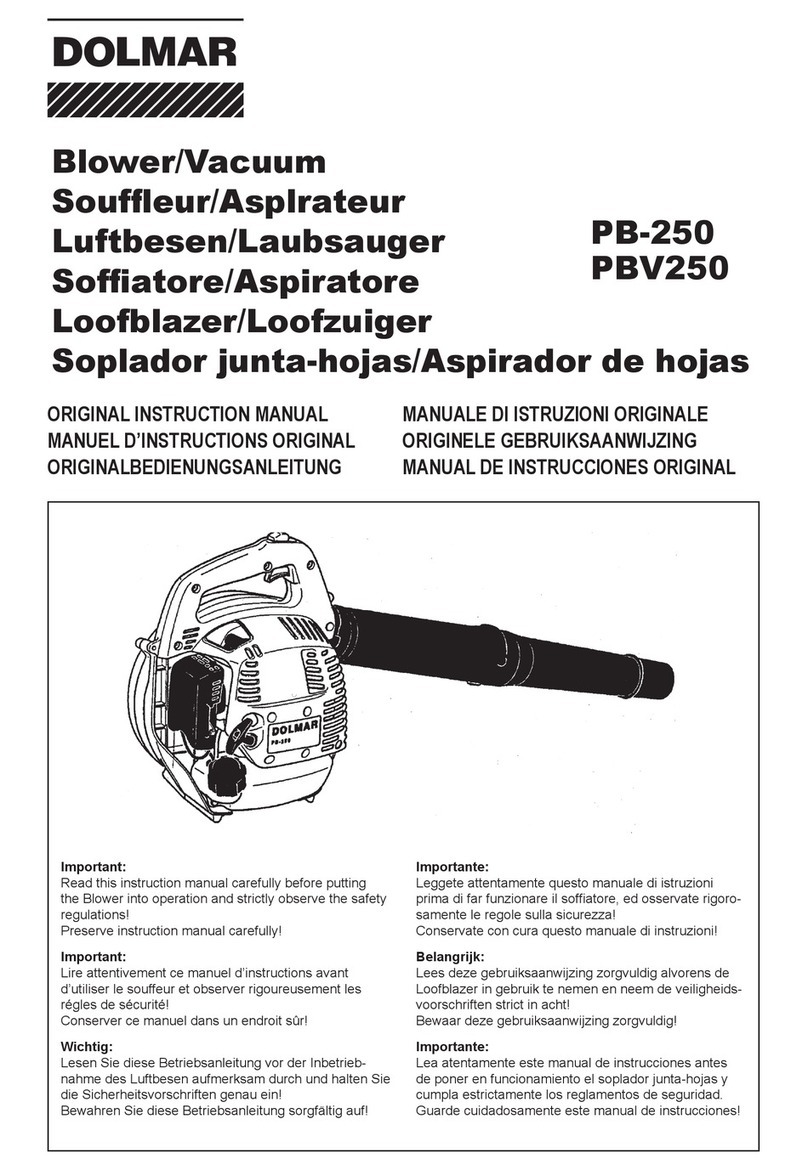
Dolmar
Dolmar PBV250 User guide

Dolmar
Dolmar PB-250 User manual

Dolmar
Dolmar MG5300 User guide

Dolmar
Dolmar PB-250.4 User manual

Dolmar
Dolmar PB-7600.4 User manual

Dolmar
Dolmar EB-165 User guide
Popular Blower manuals by other brands
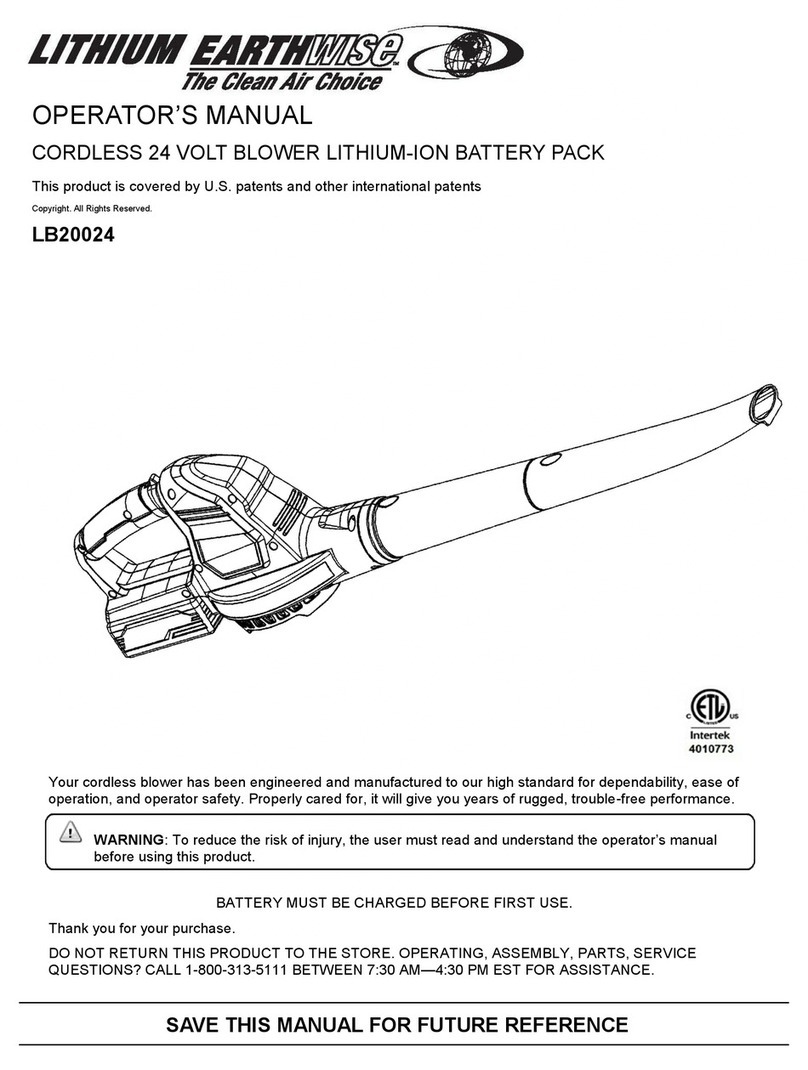
Lithium Earthwise
Lithium Earthwise LB20024 Operator's manual
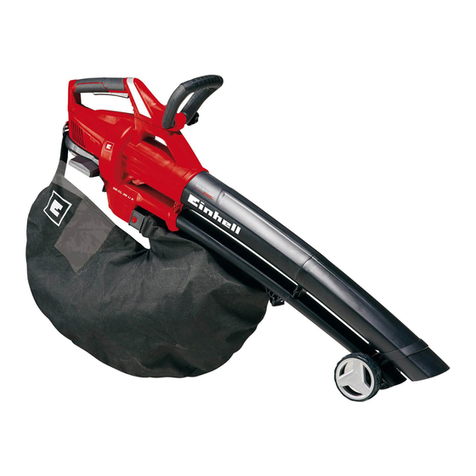
EINHELL
EINHELL GE-CL 36 Li E Original operating instructions
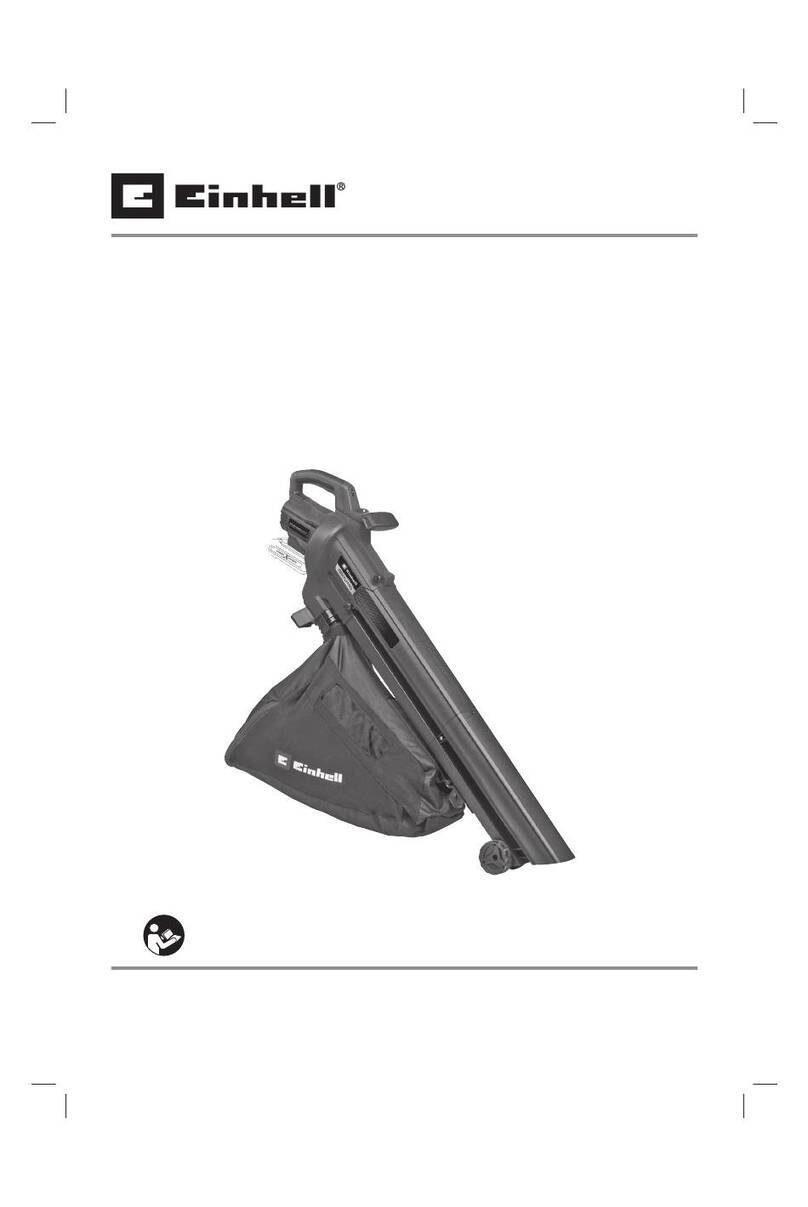
EINHELL
EINHELL VENTURRO 18/210 operating instructions
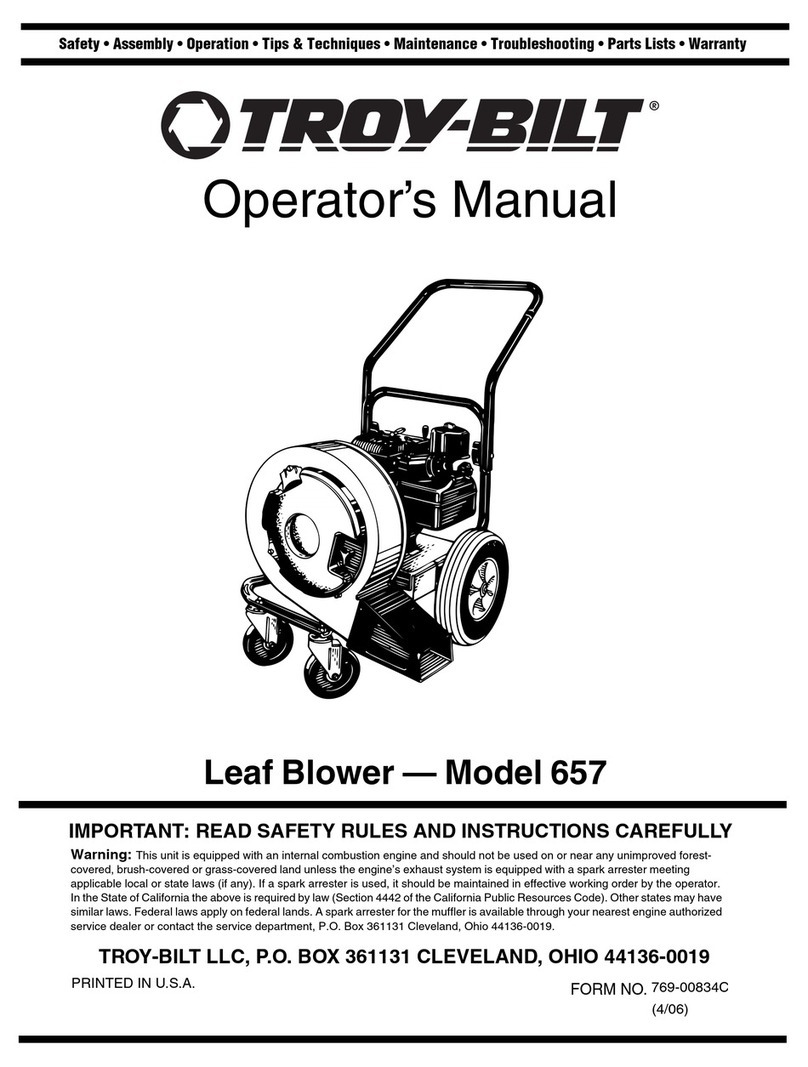
Troy-Bilt
Troy-Bilt 657 Operator's manual
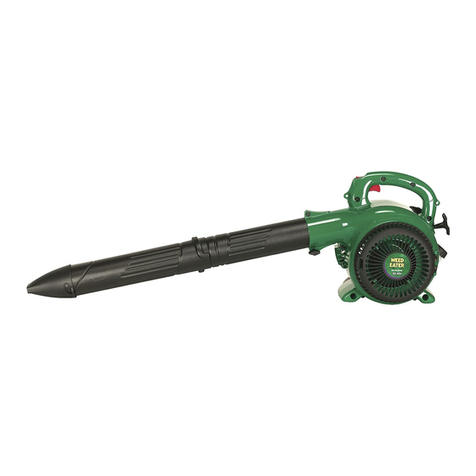
Weed Eater
Weed Eater VS2000BV instruction manual

KRAUSMANN
KRAUSMANN U37020-00 Operation manual

